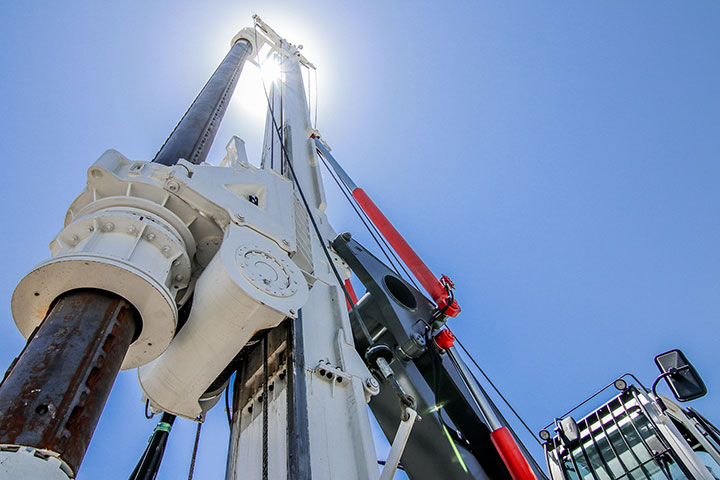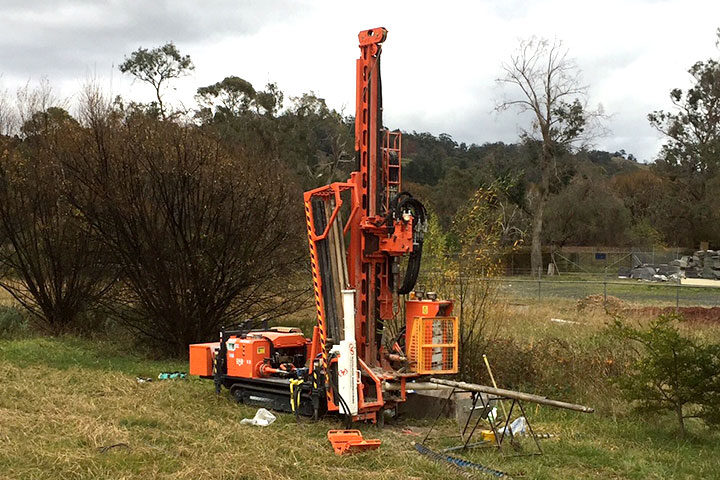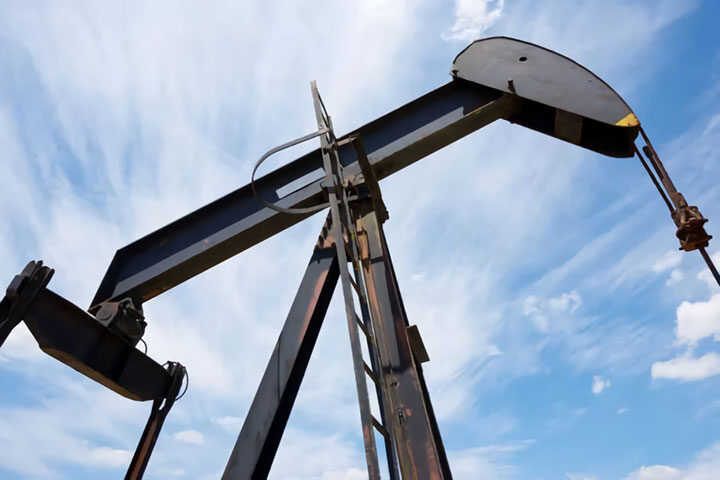
When it comes to serious environmental drilling, every job is different. Thus you’ll need different types of equipment and techniques for whatever the situation calls for.
Reverse circulation drilling is an important type of geotechnical drilling used in special circumstances when a large-diameter hole is needed.
This article offers a general overview of what this type of drilling is and what’s typically used for. Keep reading to get the inside scoop and a better understanding of why RC drilling so crucial to a wide variety of industries.
Types of RC Drilling
There are two general methods of RC drilling, flooded reverse, and air-assisted reverse. Here is an overview of each:
- Flooded Reverse – this method of drilling floods the hole with water in order to keep it full during the drilling process. The purpose is to stabilise the hole. It can be used with either an air lift or a large centrifugal pump.
- Air-assisted Reverse – this method utilises a small air line inside the drill pipe to lift the cuttings. It is very effective at eliminating priming problems.
Both methods are important and very effective. The method used depends on the needs of a given job.
The Equipment
The primary piece of a equipment used in RC drilling is a piston-driven “hammer”. This hammer drives a tungsten-steel bit into the rock. RC drilling also utilises compressed air to clear away dry rock chips by moving them up the inner tube.
In addition to the hammer and bit, drilling crews will often use larger rigs and machinery when needing to drill deeper holes.
Common Uses for RC Drilling
There are a number of important uses for RC drilling. For example, it’s ideally suited for exploration operations. This is largely due to the fact that RC drilling is able to deliver contaminant-free samples. Thus it’s suitable for extensional and infill work.
It’s also great for use in grade control due to its effectiveness in defining boundaries between various ore bodies and waste rock.
Although RC drilling tends to be a bit slower than other drilling methods, it’s also generally cheaper than diamond drilling.
Drill Pipe Size
One of the most important factors to keep in mind about the reverse circulation drilling method is the drill pipe size. For most jobs, the bigger the better.
The challenge when using a larger pipe is obviously slow penetration and plugging. After all, larger holes require larger bits, thus making a lot of cuttings. Because of this, the cuttings must be transported to the surface as quickly as possible. But when there’s not enough air, the cuttings can’t keep up, resulting in a plug.
The key is to provide enough airflow to prevent potential plugging so that the cuttings move efficiently up the pipe.
A Basic Overview of Everything You Need to Know About Reverse Circulation Drilling
Every drilling company understands the need for utilising the best equipment and drilling techniques for complicated jobs. This includes everything from mineral exploration drilling to water well drilling. Fortunately, this article provides a better understanding of how reverse circulation drilling can help you get the job done right.
Please contact us for more information about our drilling services.



